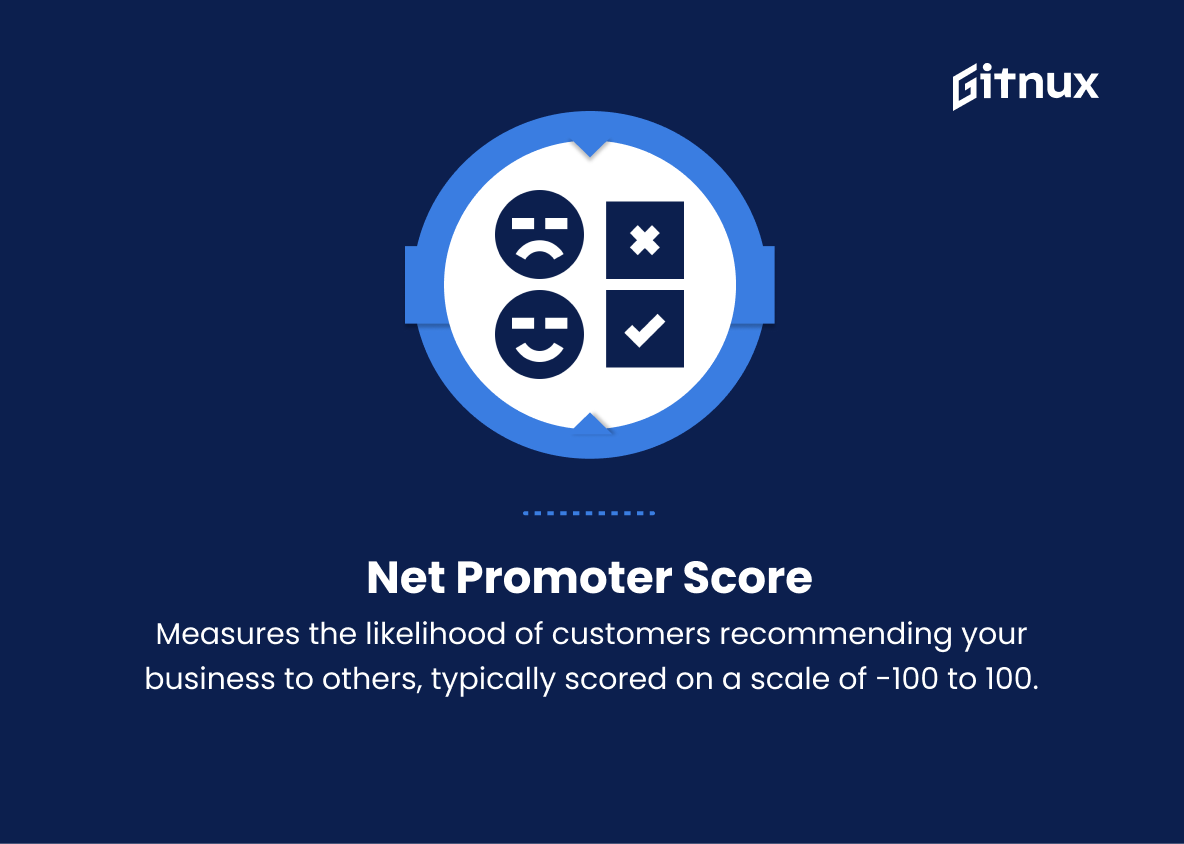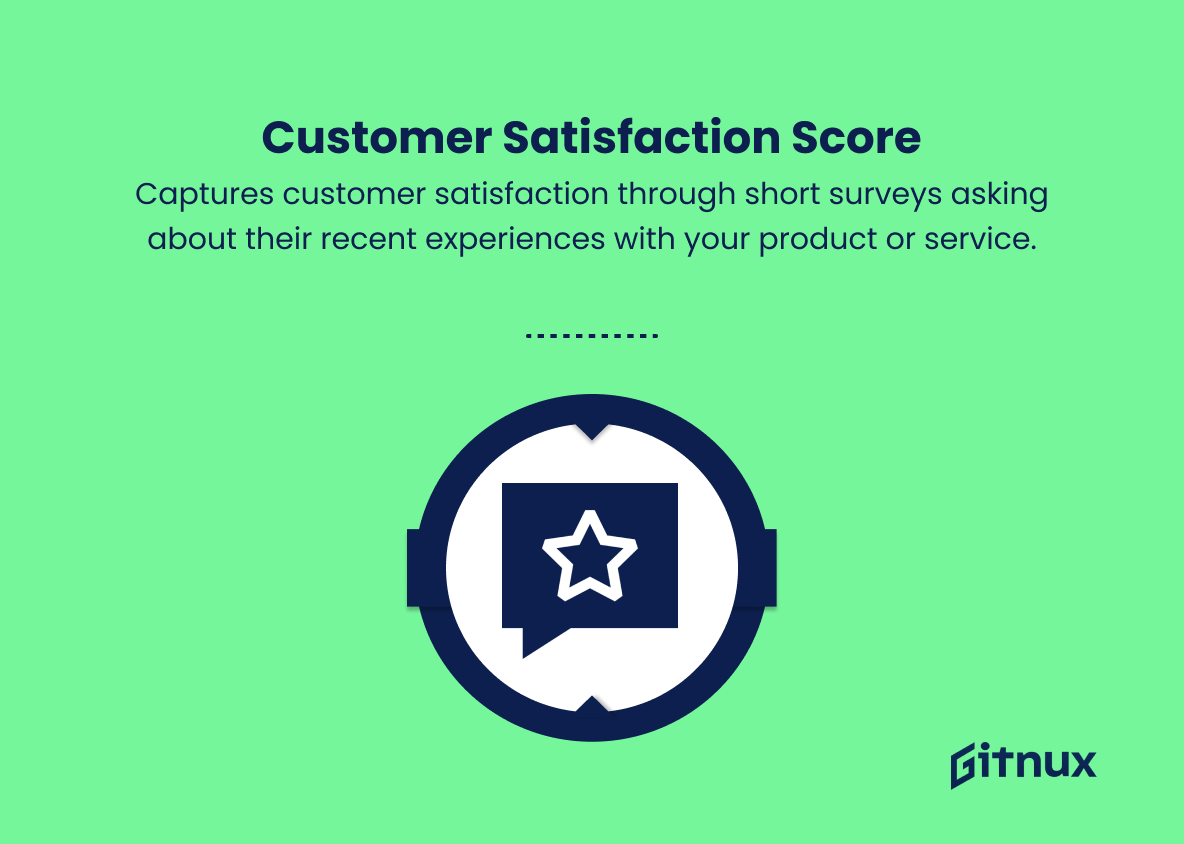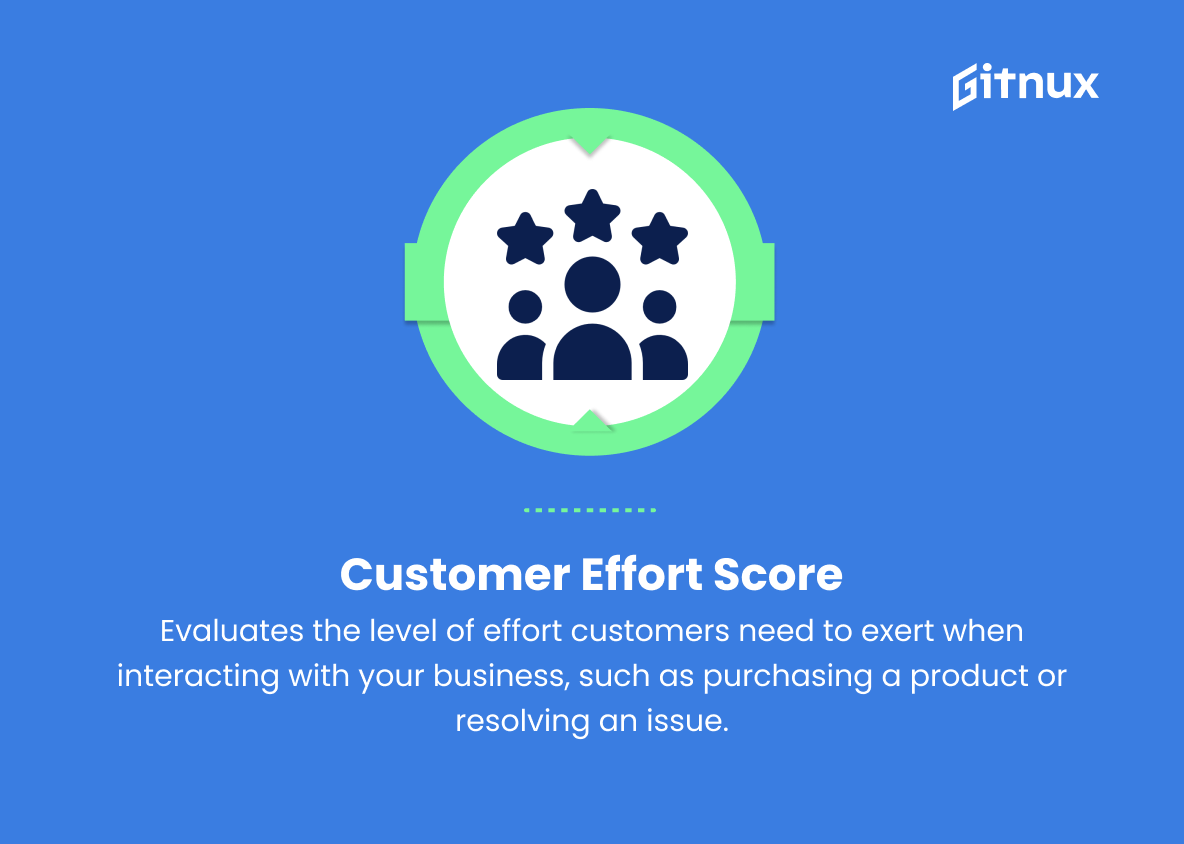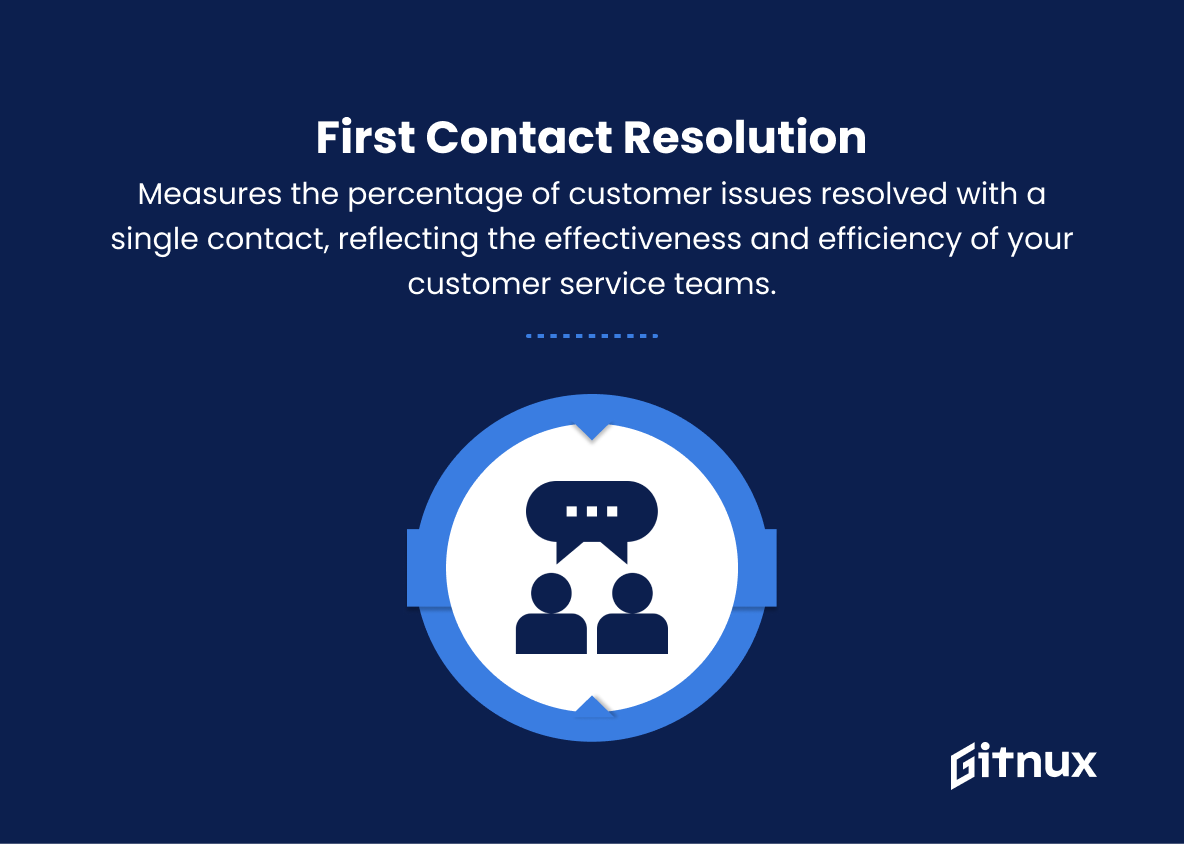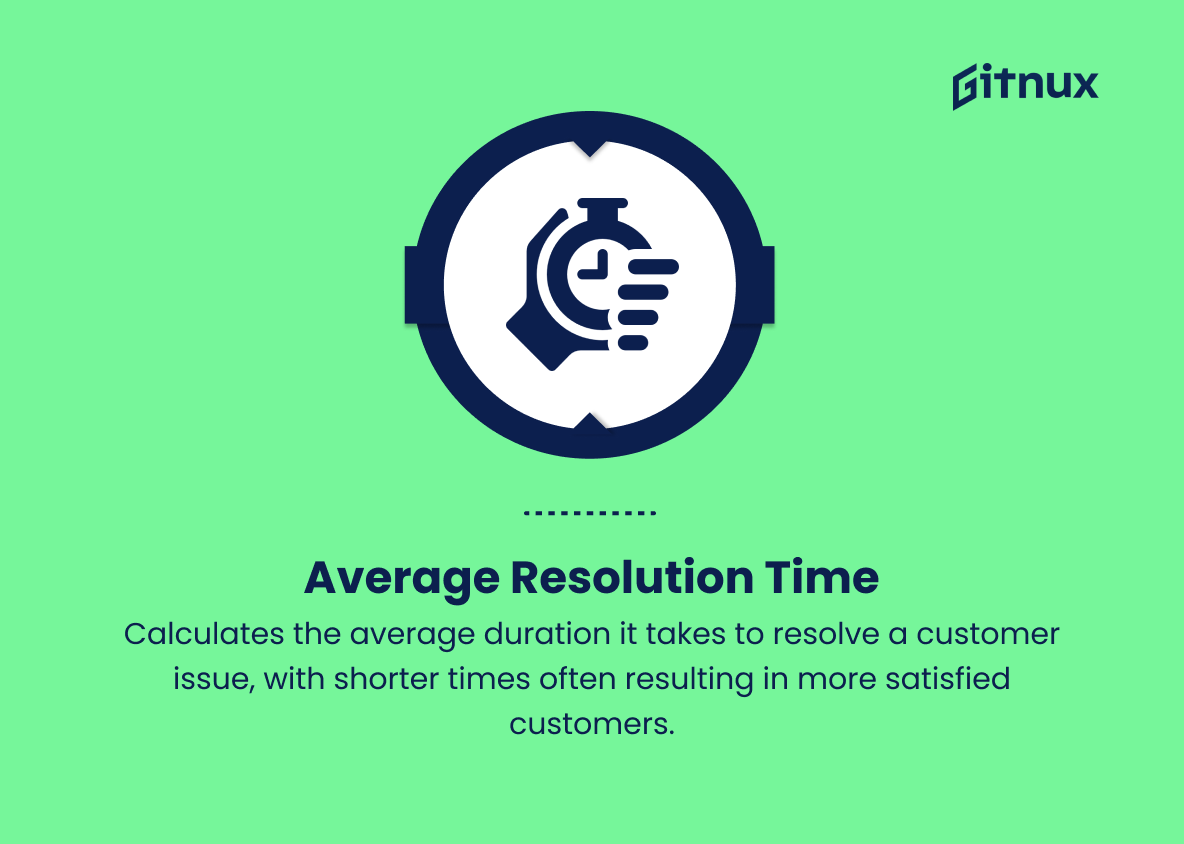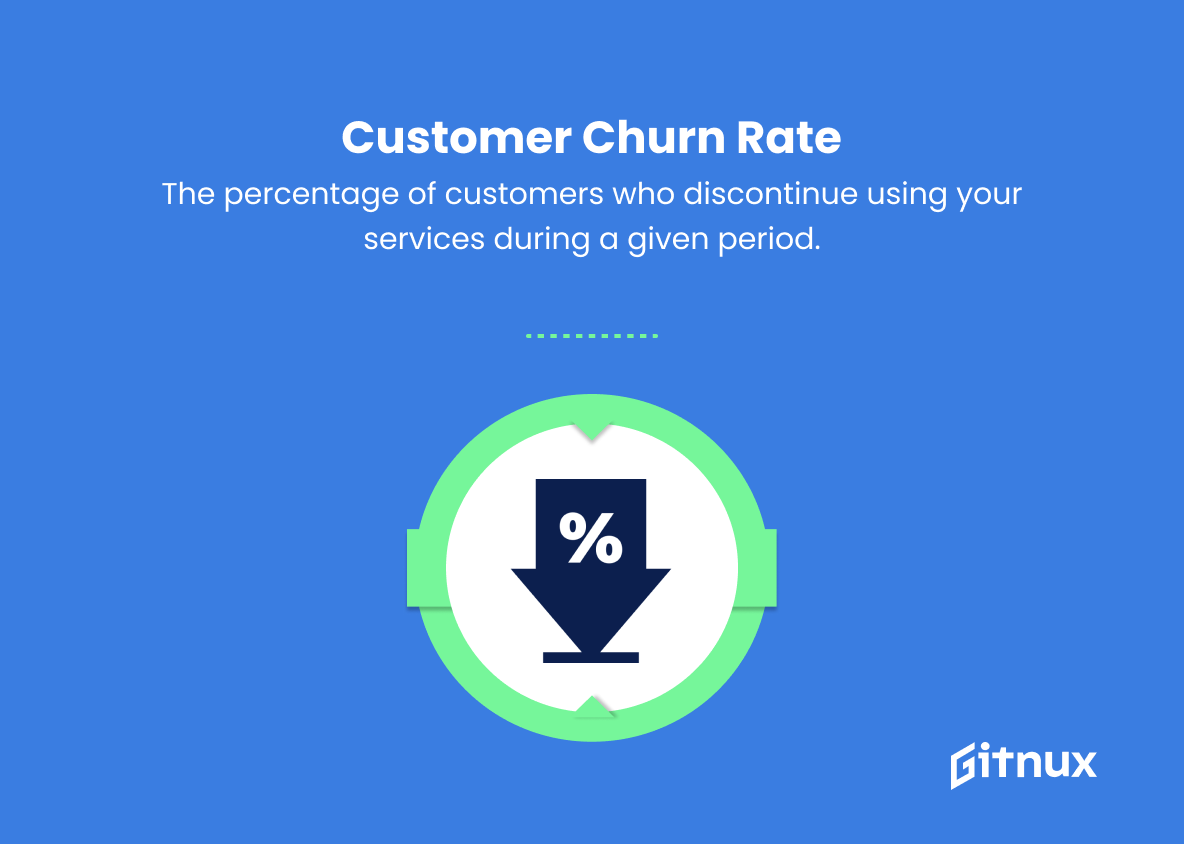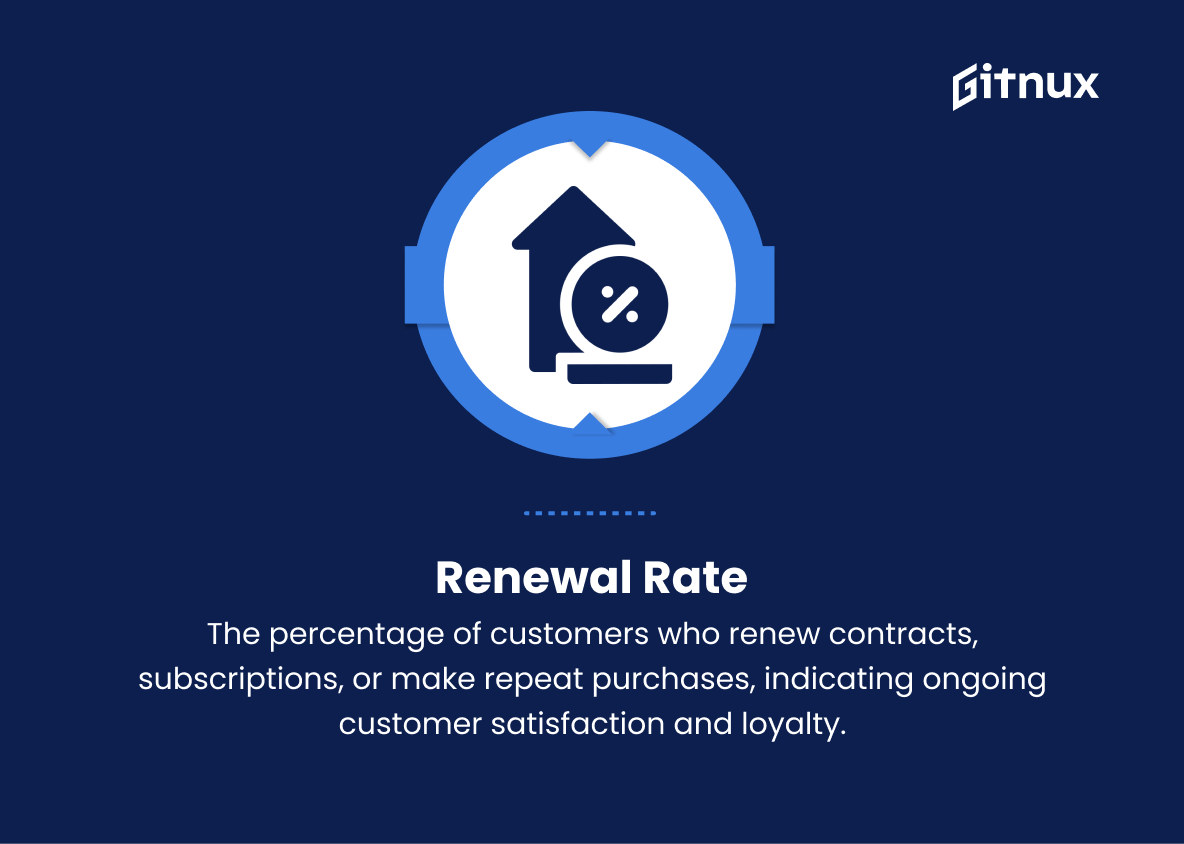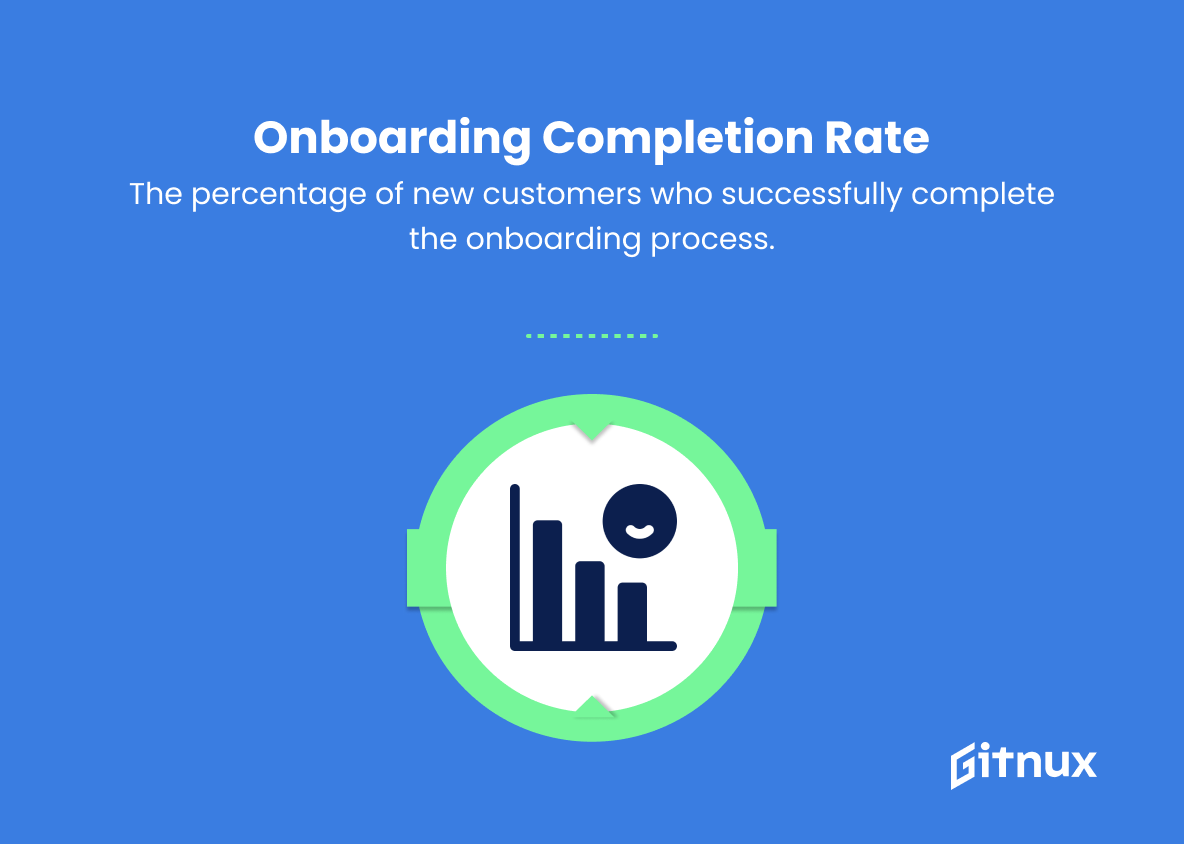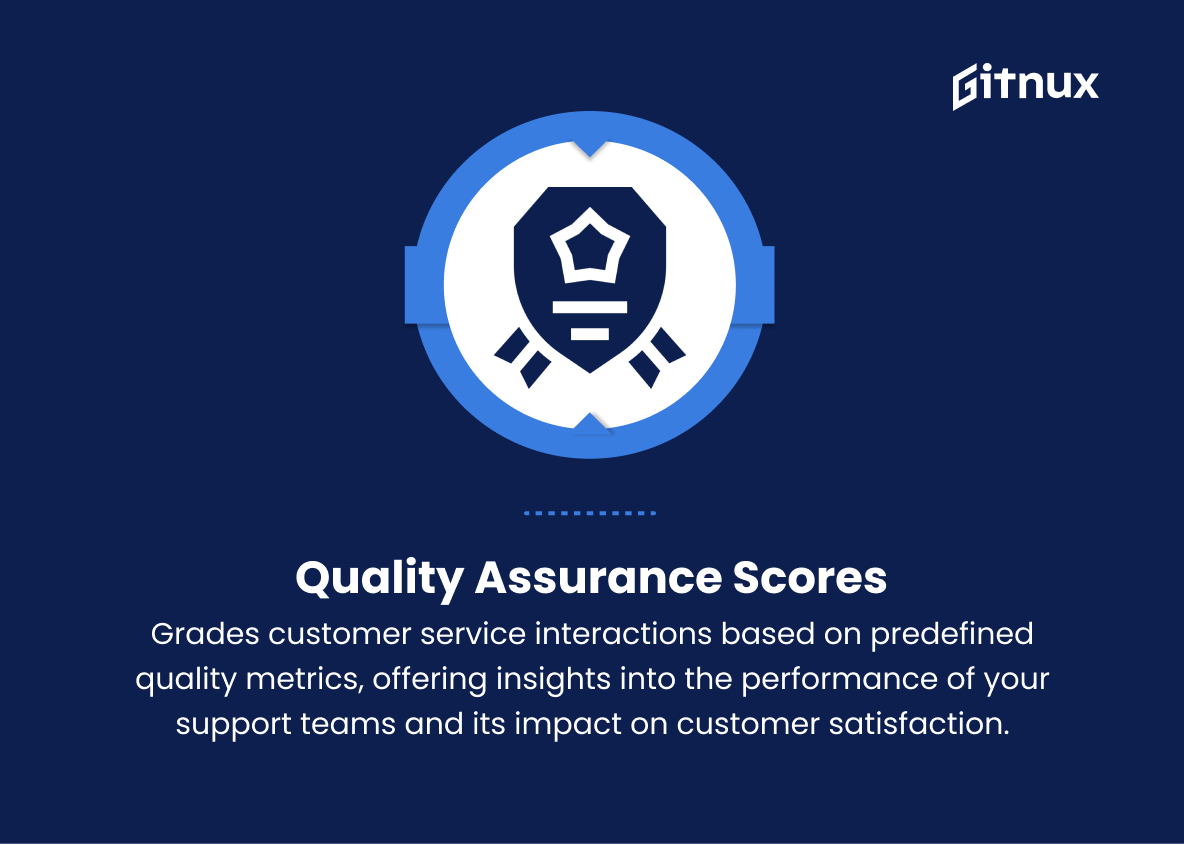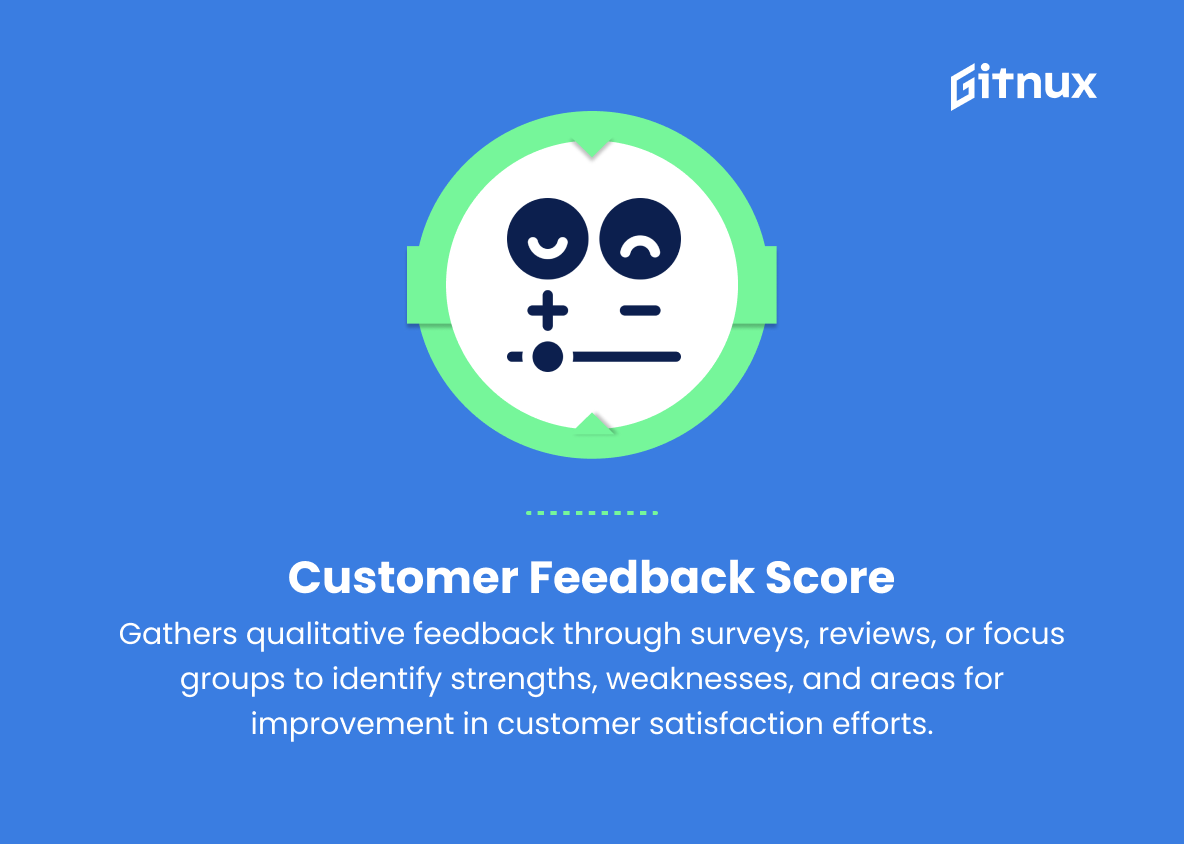In today’s increasingly competitive business environment, customer satisfaction has emerged as a critical differentiator and a key factor that drives sustainable growth. To excel in this domain, organizations need to consistently measure, analyze, and improve their customer satisfaction levels. One effective method of doing this is by employing Key Performance Indicators (KPIs).
This blog post will delve into the world of Customer Satisfaction KPIs, providing insights into their significance, the selection process, and the most relevant KPIs for various industries. By the end of this article, you will possess a comprehensive understanding of how these metrics can be strategically employed to optimize your business’s customer-centric endeavors and unlock new avenues for success.
Customer Satisfaction KPIs You Should Know
1. Net Promoter Score (NPS)
Measures the likelihood of customers recommending your business to others, typically scored on a scale of -100 to 100. A higher score indicates a larger number of promoters compared to detractors.
In today’s increasingly competitive business environment, customer satisfaction has emerged as a critical differentiator and a key factor that drives sustainable growth.2. Customer Satisfaction Score (CSAT)
Captures customer satisfaction through short surveys asking about their recent experiences with your product or service. The score represents the percentage of customers who were satisfied.
3. Customer Effort Score (CES)
Evaluates the level of effort customers need to exert when interacting with your business, such as purchasing a product or resolving an issue. Lower scores indicate easier experiences, leading to higher customer satisfaction.
4. First Contact Resolution (FCR)
Measures the percentage of customer issues resolved with a single contact, reflecting the effectiveness and efficiency of your customer service teams.
To excel in this domain, organizations need to consistently measure, analyze, and improve their customer satisfaction levels. One effective method of doing this is by employing Key Performance Indicators (KPIs).5. Average Resolution Time
Calculates the average duration it takes to resolve a customer issue, with shorter times often resulting in more satisfied customers.
6. Customer Churn Rate
The percentage of customers who discontinue using your services during a given period. Lower churn rates often signify higher customer satisfaction.
7. Renewal Rate
The percentage of customers who renew contracts, subscriptions, or make repeat purchases, indicating ongoing customer satisfaction and loyalty.
8. Customer Lifetime Value (CLV)
Estimates the net profit a customer generates throughout their relationship with your business. Higher values can indicate higher satisfaction and better retention tactics.
9. Customer Complaint Rate
Measures the percentage of customers who lodge complaints against your business. Lower complaint rates generally correspond to higher satisfaction levels.
Customer Satisfaction KPIs such as Net Promoter Score, Customer Satisfaction Score, and Customer Effort Score are essential as they help businesses understand their customers’ perception of the brand and its products and services.10. Social Media Sentiment
Utilizes social listening tools to gauge overall customer sentiment based on comments and mentions on social platforms. Positive sentiment typically reflects higher customer satisfaction.
11. Customer Referrals
Tracks the number of new customers gained through referrals by your existing customers, serving as a metric for customer satisfaction and word-of-mouth marketing effectiveness.
12. Onboarding Completion Rate
The percentage of new customers who successfully complete the onboarding process. Higher rates usually demonstrate better user experiences and increased customer satisfaction.
13. Quality Assurance Scores
Grades customer service interactions based on predefined quality metrics, offering insights into the performance of your support teams and its impact on customer satisfaction.
14. Return Rate
The percentage of customers who return products or request refunds. Lower return rates can imply higher satisfaction with your products or services.
15. Customer Feedback Score
Gathers qualitative feedback through surveys, reviews, or focus groups to identify strengths, weaknesses, and areas for improvement in customer satisfaction efforts.
Customer Satisfaction KPIs Explained
Customer Satisfaction KPIs such as Net Promoter Score, Customer Satisfaction Score, and Customer Effort Score are essential as they help businesses understand their customers’ perception of the brand and its products and services. Effective and efficient customer service translates into higher First Contact Resolution and shorter Average Resolution Time, leading to more satisfied customers.
By monitoring Customer Churn Rate, Renewal Rate, and Customer Lifetime Value, companies can assess their customer loyalty and retention tactics. Social Media Sentiment and Customer Referrals provide valuable insights into the effectiveness of word-of-mouth marketing, while Onboarding Completion Rate highlights areas for improvement in user experience.
Quality Assurance Scores offer businesses a means to evaluate their customer support teams, and Return Rate can indicate overall product satisfaction. Customer Feedback Score, as a qualitative measure, helps identify strengths and opportunities for improvement in customer satisfaction efforts. Overall, these KPIs allow businesses to optimize their strategies and ensure long-term success by keeping the focus on their customers’ satisfaction and experience.
Conclusion
In summary, Customer Satisfaction KPIs play a critical role in the overall success and growth of a business. By closely monitoring these key performance indicators, organizations can ensure that their customer service and support are meeting or exceeding expectations, leading to enhanced customer loyalty, trust, and advocacy. Identifying the ideal KPIs for your unique business needs requires thorough analysis, continuous improvement, and adaptation to evolving customer expectations.
By incorporating a strong focus on customer satisfaction and remaining dedicated to the ongoing refinement of your KPI tracking strategy, your organization can continue to excel in the competitive landscape and achieve long-term success. Remember, satisfied customers are the backbone of a prosperous business; therefore, it’s essential to prioritize their experiences and consistently strive to exceed their expectations.
